What is Regenerative Aesthetics All About?
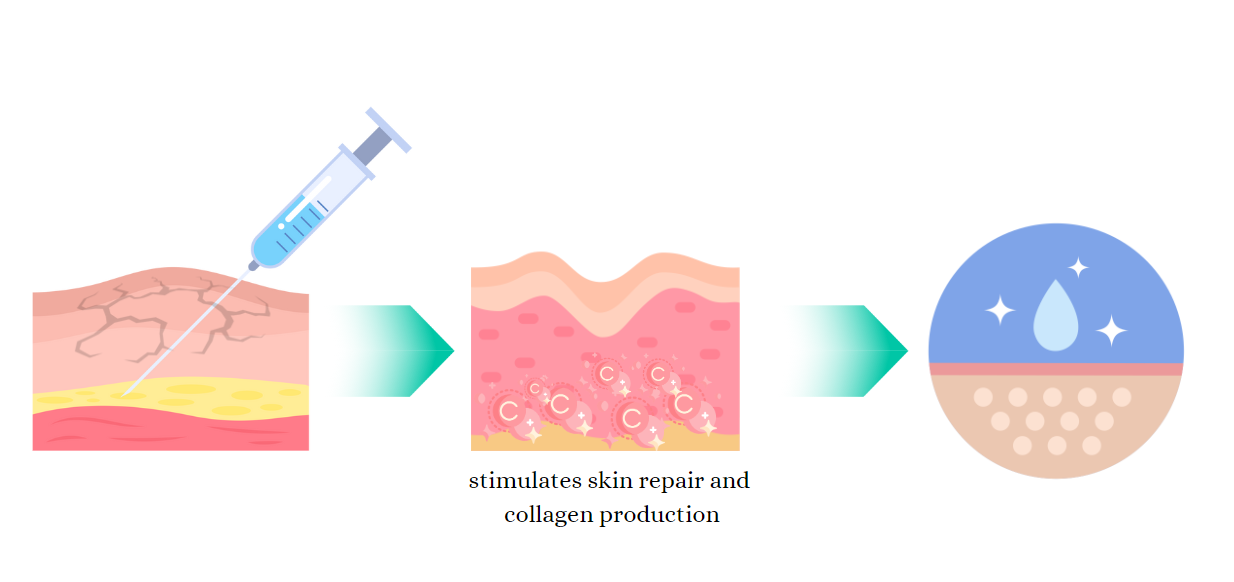
Regenerative aesthetics, emerging as a specialised branch of regenerative medicine, focuses on revitalising ageing skin by leveraging the body’s natural healing processes. Unlike traditional methods that target damaged or diseased tissues, regenerative aesthetics aim to restore a youthful appearance to skin that has lost its vitality over time, like sagging or wrinkled skin. This field employs advanced techniques to stimulate skin repair and collagen production, key in maintaining skin’s firmness and elasticity.
At its core, regenerative aesthetics is about using the body’s own mechanisms to rejuvenate and enhance skin texture and appearance. It offers a tailored approach to skincare, making it an attractive option for those seeking natural-looking results. Techniques such as stimulating soft tissue regeneration and activating collagen production are central to this approach. These methods not only improve facial contours and skin quality but also contribute to a person’s self-confidence and well-being.
Benefits of Regenerative Aesthetic Treatments
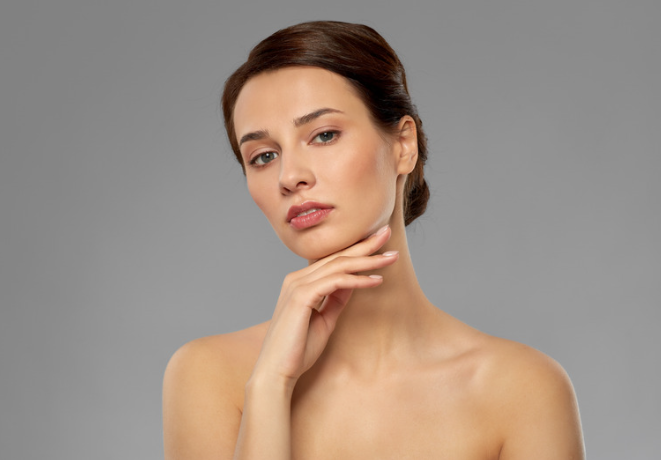
- Natural collagen production: These treatments promote collagen formation, vital for maintaining skin firmness and reducing the appearance of wrinkles.
- Refined skin texture and tone: Regenerative procedures address common skin concerns like fine lines and uneven pigmentation, leading to brighter, more youthful-looking skin.
- Less invasive options: Compared to conventional aesthetic surgeries, regenerative techniques are generally less invasive, translating into quicker recovery and fewer risks.
- Tailored treatments with Reduced Risk of Reactions: Utilising substances derived from a patient’s own body allows for highly personalised care, catering to specific skin needs. This approach significantly cuts down the risk of allergic reactions because the treatments are fully compatible with the body, making them a safer way to improve skin health.
- Sustained results: As these treatments work with the body’s own regenerative capabilities, the improvements are often more enduring than some traditional aesthetic treatments.
The increasing popularity of regenerative aesthetics is closely linked to a growing preference for procedures that are both natural and minimally invasive. Establishments like NU•U Aesthetics & Wellness Clinic are responding to this trend by offering a variety of such treatments. It’s always wise to consult with healthcare professionals at such clinics to determine the most suitable treatment options that align with your individual health and aesthetic preferences.
Regenerative Treatments in Singapore
In Singapore, the field of regenerative aesthetics offers a variety of treatments tailored to enhance skin health and appearance using the body’s natural healing processes. These treatments include:
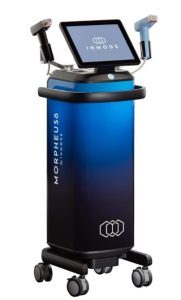
Morpheus 8 (Microneedling RF)
Morpheus 8 is an innovative treatment combining micro-needling with radiofrequency energy to remodel and contour the face and body. This FDA-approved technology uses tiny needles to deliver radiofrequency energy deep into the skin, creating micro lesions. These lesions trigger the body’s natural healing response, promoting new collagen and elastin production.
The treatment typically takes 15 to 60 minutes and may require numbing cream or local anaesthesia for comfort. Morpheus 8 is versatile, treating a range of concerns from fine lines and wrinkles to acne scars and stretch marks. For best results, 2-3 sessions spaced four to six weeks apart are recommended. Full results may take up to three months to appear, with maintenance treatments needed yearly. Post-treatment, patients can expect minimal downtime with some redness and swelling for a few days.
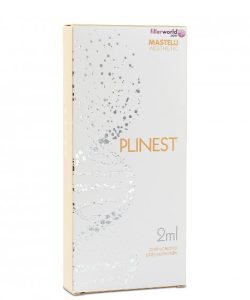
Plinest PN-HPT
Plinest PN-HPT is a regenerative aesthetic treatment that rejuvenates the skin by injecting a gel made from highly purified polynucleotides derived from trout DNA into the dermis. This method notably stimulates fibroblast proliferation, crucial for synthesising collagen, as well as elastin, glycoaminoglycans, and proteoglycans — vital components of the skin’s extracellular matrix.
By promoting these cellular activities, Plinest PN-HPT effectively enhances skin hydration and elasticity, while diminishing ageing signs like fine lines, open pores, and acne scars. Its process represents a new way of rejuvenating skin, using a focused, natural method to improve skin health and aesthetics.
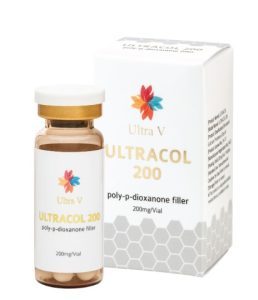
Ultracol (PDO Powder)
Ultracol, formulated with polydioxanone (PDO) powder, is a regenerative aesthetic treatment aimed at skin rejuvenation and tissue augmentation. Its mechanism involves the injection of PDO microspheres, which trigger collagen production, leading to significant improvements in skin texture and firmness. Ultracol’s regenerative process unfolds as the body metabolises the PDO microspheres, progressively enhancing skin elasticity. This treatment is especially effective for anti-ageing purposes, delivered in a series of sessions to achieve the desired outcome.
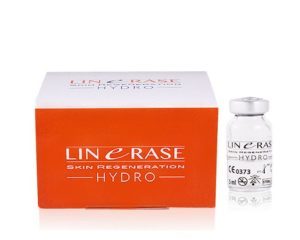
Linerase
Linerase is a collagen-based product used for aesthetic skin rejuvenation, incorporating enzymes like collagenase and hyaluronidase. These enzymes facilitate the breakdown and subsequent regeneration of collagen and hyaluronic acid in the skin. The injection of Linerase stimulates the natural production of new collagen, leading to noticeable improvements in skin texture and firmness. Its formulation is well-tolerated, fully absorbable, and does not cause allergic reactions, making it a safe option for various skin rejuvenation needs.
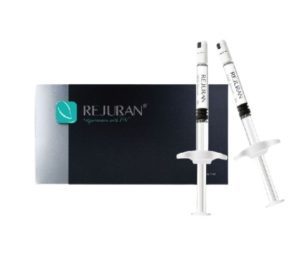
Rejuran (Polyneuclotides PN)
Rejuran leverages the regenerative properties of polyneuclotides to rejuvenate the skin. Polyneuclotides (PN) are a type of nucleic acid, which are biological molecules essential for all forms of life. Derived primarily from salmon DNA, polyneuclotides are known for their high biocompatibility with human skin, making them a popular choice in regenerative medicine and cosmetic treatments.
The structure of PN is similar to that of human DNA, which allows it to effectively support tissue repair and regeneration. When used in skincare treatments such as Rejuran, polyneuclotides work by promoting the health and vitality of the skin. They stimulate the body’s own healing processes, particularly focusing on fibroblast proliferation for increased collagen production and elastin.
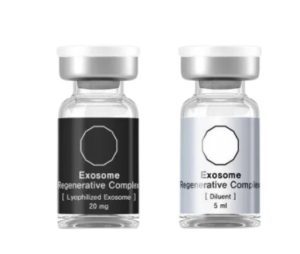
Exosomes
Exosomes are extracellular vesicles playing a pivotal role in cellular communication, increasingly used in regenerative aesthetics for their ability to facilitate skin repair and rejuvenation. They deliver bioactive molecules that activate the skin’s regenerative processes, improving texture, firmness, and overall skin health. Exosome therapy is effective in treating age-related skin changes, fine lines, and assisting in hair restoration.
While exosome therapy is still in its early stages, exosome treatments are gaining recognition for their potential in cellular-level skin rejuvenation and regeneration.
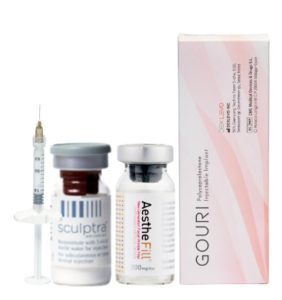
PLLA / PDLLA
Poly-L-Lactic Acid (PLLA) and Poly-D-L-Lactic Acid (PDLLA) are key ingredients in several advanced aesthetic treatments, known for their collagen-stimulating properties. These synthetic, biodegradable polymers, when injected, enhance skin texture and firmness by promoting collagen production. Treatments like Sculptra, Gouri, and AestheFill utilise these compounds effectively.
Sculptra, formulated with PLLA, is renowned for its facial contouring and rejuvenation capabilities, offering results that can last up to two years. Gouri, using PDLLA, similarly aids in collagen production, enhancing facial volume and contours with comparable longevity. AestheFill, another PDLLA-based filler, targets facial wrinkles and folds, contributing to a more youthful appearance.
Each of these treatments has its unique applications and suitability, depending on individual skin types and aesthetic goals. Consulting with an aesthetic doctor is essential to determine the most appropriate treatment plan.
Treating Skin Conditions with Regenerative Aesthetics
Regenerative aesthetics encompasses a range of treatments adept at addressing various skin conditions.
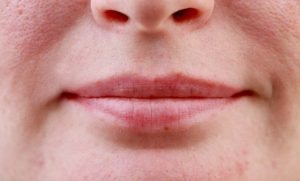
Enlarged Facial Pores
The texture of the skin can be significantly improved, making enlarged pores less visible. This leads to a smoother and more refined skin appearance.
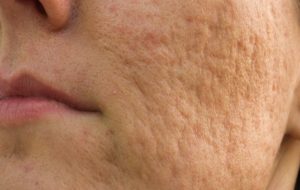
Acne Scars
These procedures can be highly effective in reducing the visibility of acne scars. They work by promoting skin regeneration and collagen production, which help in smoothing out the skin’s surface.
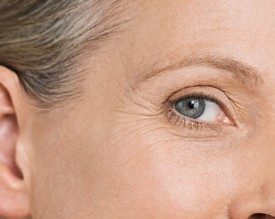
Wrinkles
These treatments excel in diminishing wrinkles. They boost natural collagen production, crucial for skin firmness and elasticity, thereby reducing the appearance of fine lines and wrinkles.
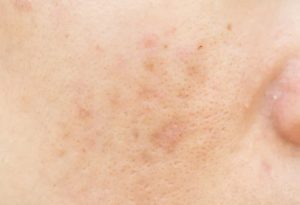
Age Spots and Surface Discolouration
Regenerative aesthetics also addresses issues like age spots and other forms of surface discoloration. These treatments aid in evening out skin tone and improving overall skin clarity.
Who is Suitable for Regenerative Aesthetics?
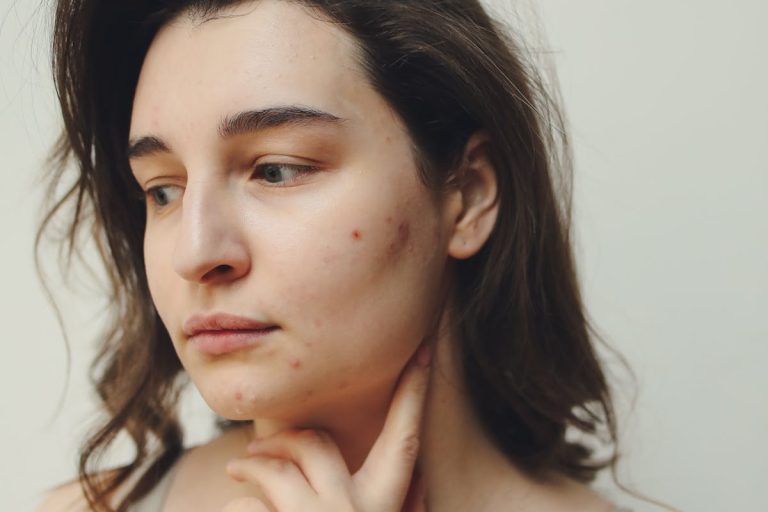
Image via Polina Tankilevitch on Pexels
Ideal candidates for regenerative aesthetics are those who seek improvement in signs of ageing such as fine lines, wrinkles, and reduced skin elasticity. This approach is particularly suitable for individuals aiming for results that appear natural and are based on the body’s own healing mechanisms. It is important for candidates to have realistic expectations regarding the outcomes of regenerative treatments. The objective is to enhance and rejuvenate the skin, rather than drastically change one’s appearance.
Healthy individuals without skin conditions that could impede the healing or regenerative process are typically good candidates. These treatments are also often favourable for those who prefer less invasive options compared to traditional surgical approaches. For instance, candidates with adequate skin elasticity and mild to moderate facial ageing often respond well to treatments like PRP therapy or dermal fillers.
Moreover, individuals with lifestyle or environmental factors contributing to premature skin ageing, such as sun exposure or stress, may also benefit from regenerative aesthetics. The treatments can aid in restoring some of the lost skin vitality and improving overall skin health. However, potential candidates need to consult with a healthcare professional to assess their individual health and skin conditions, this consultation will help in understanding the potential risks, benefits, and realistic outcomes of the regenerative procedures.
Conclusion
Regenerative aesthetics stands as a significant advancement in the field of aesthetic medicine, offering innovative and less invasive options for skin rejuvenation. By harnessing the body’s healing capabilities, these treatments provide a natural route to enhancing appearance, aligned with the evolving preferences of individuals seeking aesthetic improvements. As the field continues to grow, it offers promising prospects for those looking to maintain a youthful and healthy appearance. However, as with any medical treatment, it is essential to seek professional advice to ensure these options align with individual health profiles and aesthetic goals.
